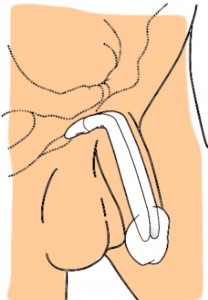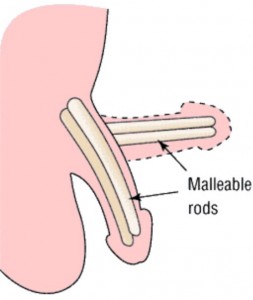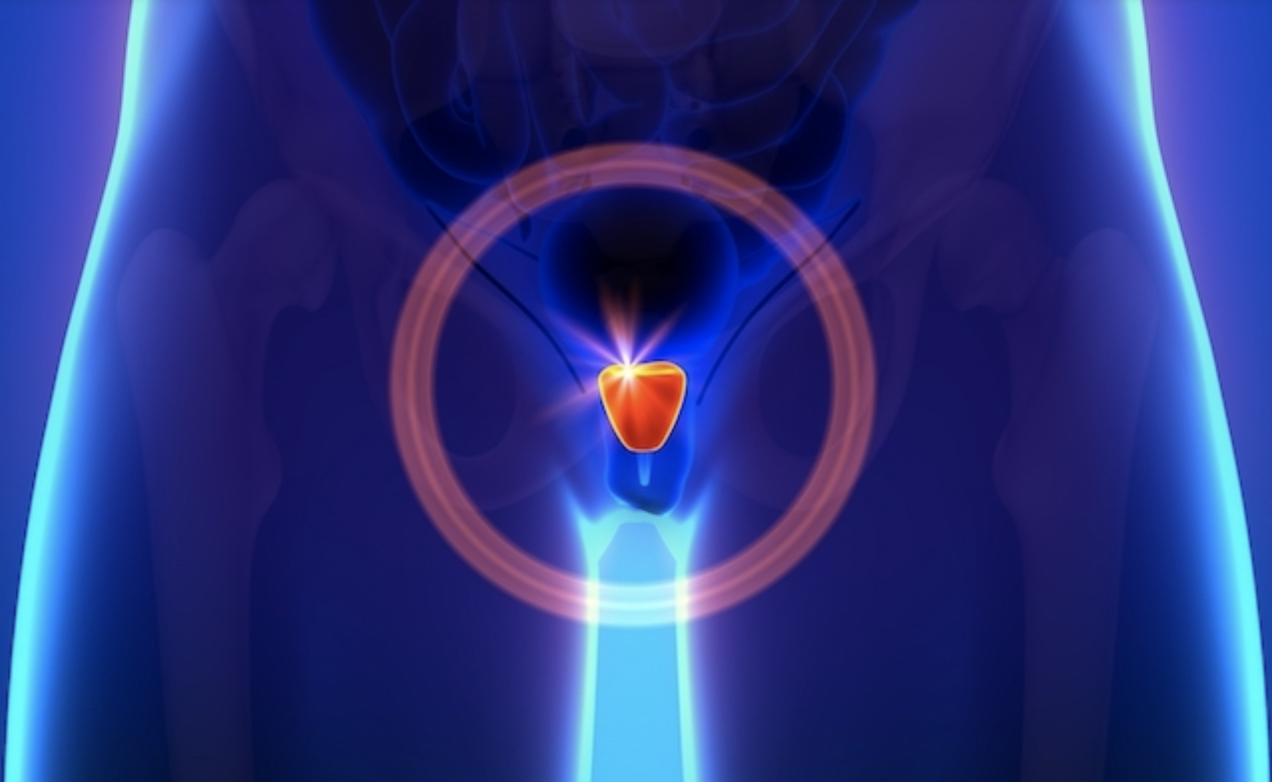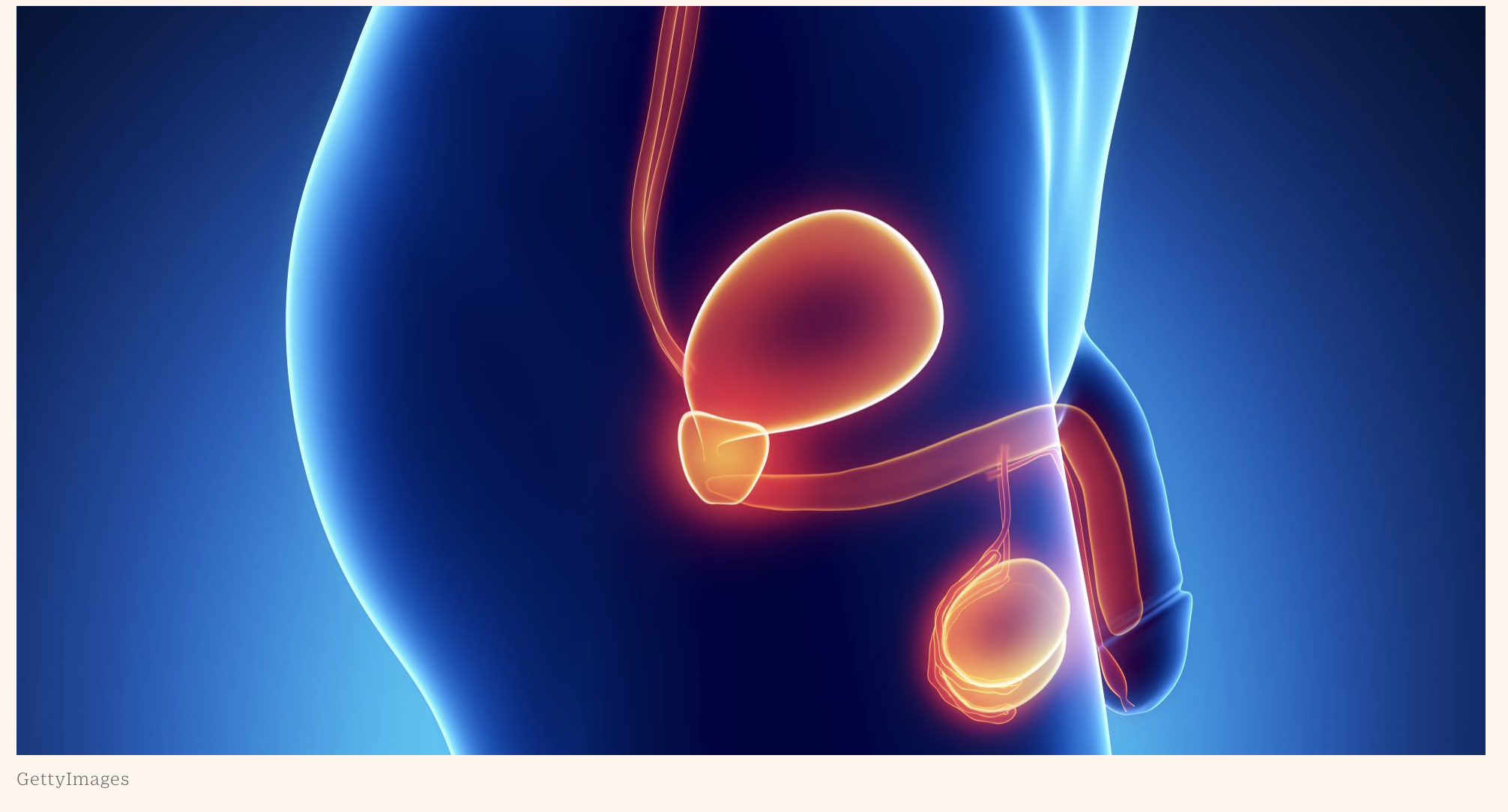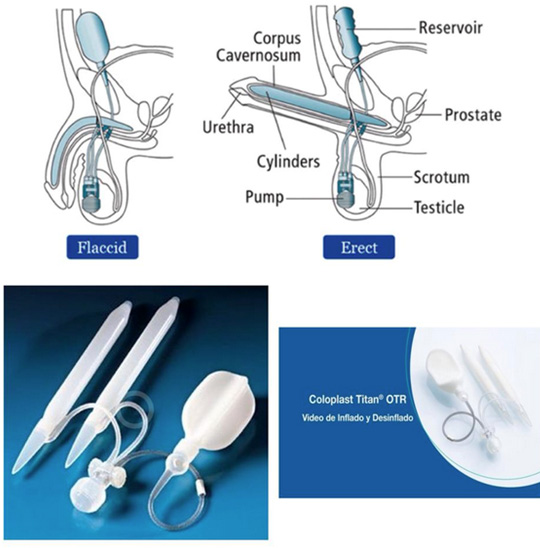
Surgery as a treatment for erectile dysfunction
Surgery usually has one of three goals:
- to implant a device that can cause the penis to become erect
- to reconstruct arteries to increase blood flow to the penis
- to block off veins that allow blood to leak from the penile tissues
Implanted devices
known as prostheses, can restore erection in many men with ED.
Malleable implants
Usually consist of paired rods, which are inserted surgically into the corpora cavernosa. The user manually adjusts the position of the penis and, therefore, the rods. Adjustment does not affect the width or length of the penis.
Inflatable implants
Consist of paired cylinders, which are surgically inserted inside the penis and can be expanded using pressurized fluid (see Figure 3). Tubes connect the cylinders to a fluid reservoir and a pump, which are also surgically implanted. The patient inflates the cylinders by pressing on the small pump, located under the skin in the scrotum. The pump causes fluid to flow from a reservoir residing in the lower pelvis to two cylinders residing in the penis. Inflatable implants can expand the length and width of the penis to some degree. They also leave the penis in a more natural state than malleable implants do when not inflated.
Once a man has either a malleable or inflatable implant, he must use the device to have an erection. Possible problems with implants include mechanical breakdown and infection, although mechanical problems have decreased in recent years because of technological advances.
With an inflatable implant, an erection is produced by squeezing a small pump implanted in the scrotum. The cylinders expand to create the erection.
Surgery to repair arteries can reduce ED caused by obstructions that block the flow of blood. The best candidates for such surgery are young men with discrete blockage of an artery because of an injury to the groin or fracture of the pelvis. The procedure is usually unsuccessful in older men with widespread blockage.
Surgery to veins that allow blood to leave the penis usually involves an opposite procedure—intentional blockage. Blocking off veins, called ligation, can reduce the leakage of blood that diminishes the rigidity of the penis during an erection. However, experts have raised questions about the long-term effectiveness of this procedure, and it is rarely done.

